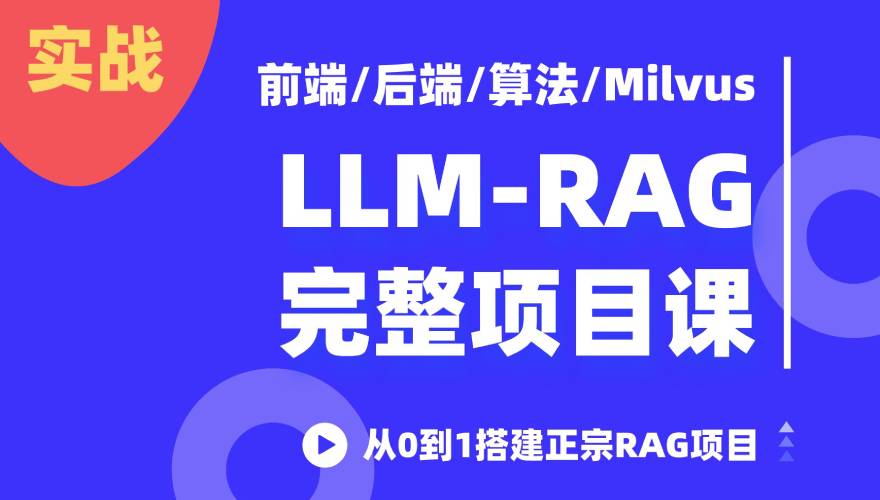在深度学习中,自编码器(AutoEncoder, AE)是一种无监督的神经网络模型,它可以学习到输入数据的隐含特征,这称为编码(coding),同时用学习到的新特征可以重构出原始输入数据,称之为解码(decoding)。
从直观上来看,自动编码器可以用于特征降维,类似主成分分析PCA,但是其相比PCA其性能更强,这是由于神经网络模型,可以提取更有效的新特征。本文用一个简单的Pytorch自带数据集Mnist,来演示编码和解码过程。

代码示例
1、导入模块
from torchvision import datasets, transforms from torch.utils.data import DataLoader from torch import nn import torch import matplotlib.pyplot as plt
2、定义模型
class Net(nn.Module):
def __init__(self):
super().__init__()
self.encoder = nn.Sequential(
nn.Linear(28 * 28, 128),
nn.ReLU(),
nn.Linear(128, 64),
nn.ReLU(),
nn.Linear(64, 20),
nn.ReLU(),
)
self.decoder = nn.Sequential(
nn.Linear(20, 64),
nn.ReLU(),
nn.Linear(64, 128),
nn.ReLU(),
nn.Linear(128, 28 * 28),
nn.Sigmoid(),
)
def forward(self, x):
x_shape = x.size()
# flatten
x = x.view(x_shape[0], -1)
# encode
x = self.encoder(x)
# decode
x = self.decoder(x)
# reshape
x = x.view(x_shape)
return x
3、加载数据集
train_data = datasets.MNIST(
'./datas/mnist',
train=True,
transform=transforms.Compose([transforms.ToTensor()]),
download=True,
)
train_loader = DataLoader(train_data, batch_size=10, shuffle=True)
4、模型实例化和训练
device = torch.device('cuda' if torch.cuda.is_available() else 'cpu')
print('device:', device)
net = Net().to(device)
criterion = nn.MSELoss()
optimizer = torch.optim.Adam(net.parameters(), lr=1e-3)
for e in range(100):
for i, (x, _) in enumerate(train_loader):
x = x.to(device)
x_hat = net(x)
loss = criterion(x_hat.to(device), x)
optimizer.zero_grad()
loss.backward()
optimizer.step()
if i % 100 == 0:
print('>>', e, i, loss.item())
5、训练效果可视化
show_img_num = 5 # 可视化展示图片数量
fig, axes = plt.subplots(2, 5, figsize=(5, 2))
plt.ion()
# in for loop
for n in range(show_img_num):
# 展示原图
axes[0][n].clear()
axes[0][n].imshow(x[n].squeeze(0).data.numpy())
axes[0][n].axis('off')
# 展示生成图
axes[1][n].clear()
axes[1][n].imshow(x_hat[n].squeeze(0).data.numpy())
axes[1][n].axis('off')
# 画图
plt.draw()
plt.pause(0.1)
plt.show()
plt.ioff()
本文为 陈华 原创,欢迎转载,但请注明出处:http://edu.ichenhua.cn/read/319



